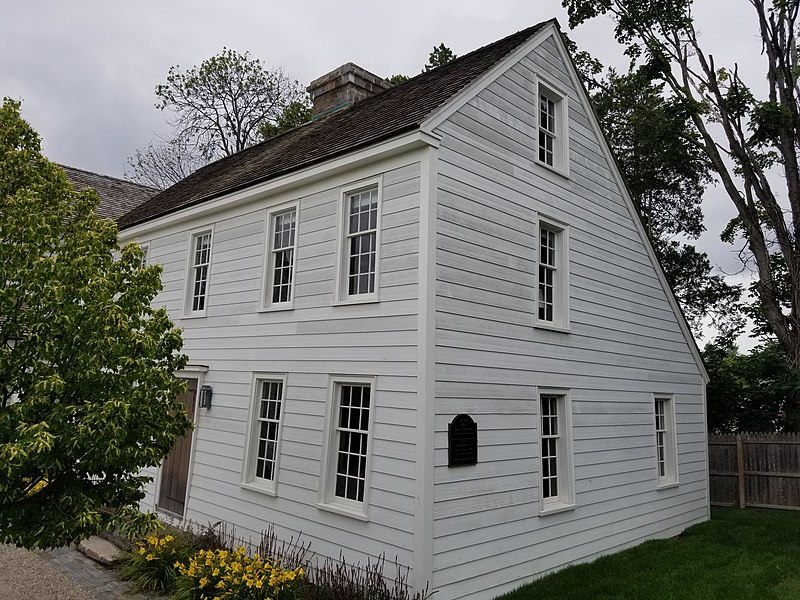By Sophie Jaeger
Elizabeth Fones Winthrop Feake Hallett is an integral part of Connecticut’s history for her work in the founding of Greenwich, Connecticut. Born to Thomas Fones and Anne Winthrop in 1610, she grew up in London as the daughter of a pharmacist. In 1629, at age nineteen, she married her cousin Henry Winthrop. Just two years later, Henry left England and traveled to the Massachusetts Bay Colony at the urging of his father, Governor John Winthrop, and tragically drowned his first day there. His death left Elizabeth a widow with a newborn baby. At the insistence of her uncle, she joined her family in Massachusetts.
In the Massachusetts Bay Colony, she married her second husband, Robert Feake, despite concerns about his mental health. Feake, classically trained as a goldsmith, invested much of his income into parcels of land in Watertown where he became a prominent landowner. In 1640, he and Elizabeth joined Captain Daniel Patrick in purchasing Old Greenwich (in what is now Connecticut) from local Native Americans. Elizabeth’s personal piece of property is deeded as Monakewego and referenced on maps as “Elizabeth’s Neck.”
Greenwich Ruled by the Dutch
Captain Patrick and his Dutch wife chose to align what became the town of Greenwich (then known as “Horseneck’) with the Dutch as opposed to the English. The Dutch were known for being more tolerant than the English, and, in May 1647, Elizabeth received a divorce from the Dutch government from her mentally ill husband, Robert. It was believed that Elizabeth had a liaison with William Hallett, her husband’s property manager. After they were found out, a Dutch court ruled that Elizabeth be allowed to reside in Horseneck, but that Hallett be banished.
It is unknown to this day whether Elizabeth and William were ever legally married, but after Hallett’s banishment, the couple took refuge with Elizabeth’s cousin (and former brother-in-law) John Winthrop Jr. in New London. Unfortunately, a warrant was soon issued for the arrest of William Hallett, forcing Elizabeth, William, and her children to flee back to Dutch-held Horseneck. The English later acquired the area from the Dutch and absorbed it into the colony of Connecticut, prompting Elizabeth and her family to move to Long Island where Elizabeth eventually died.
Sophie Jaeger is an avid historian and local history enthusiast. She authored this article while a rising sophomore at Greenwich High School in Greenwich, Connecticut.










